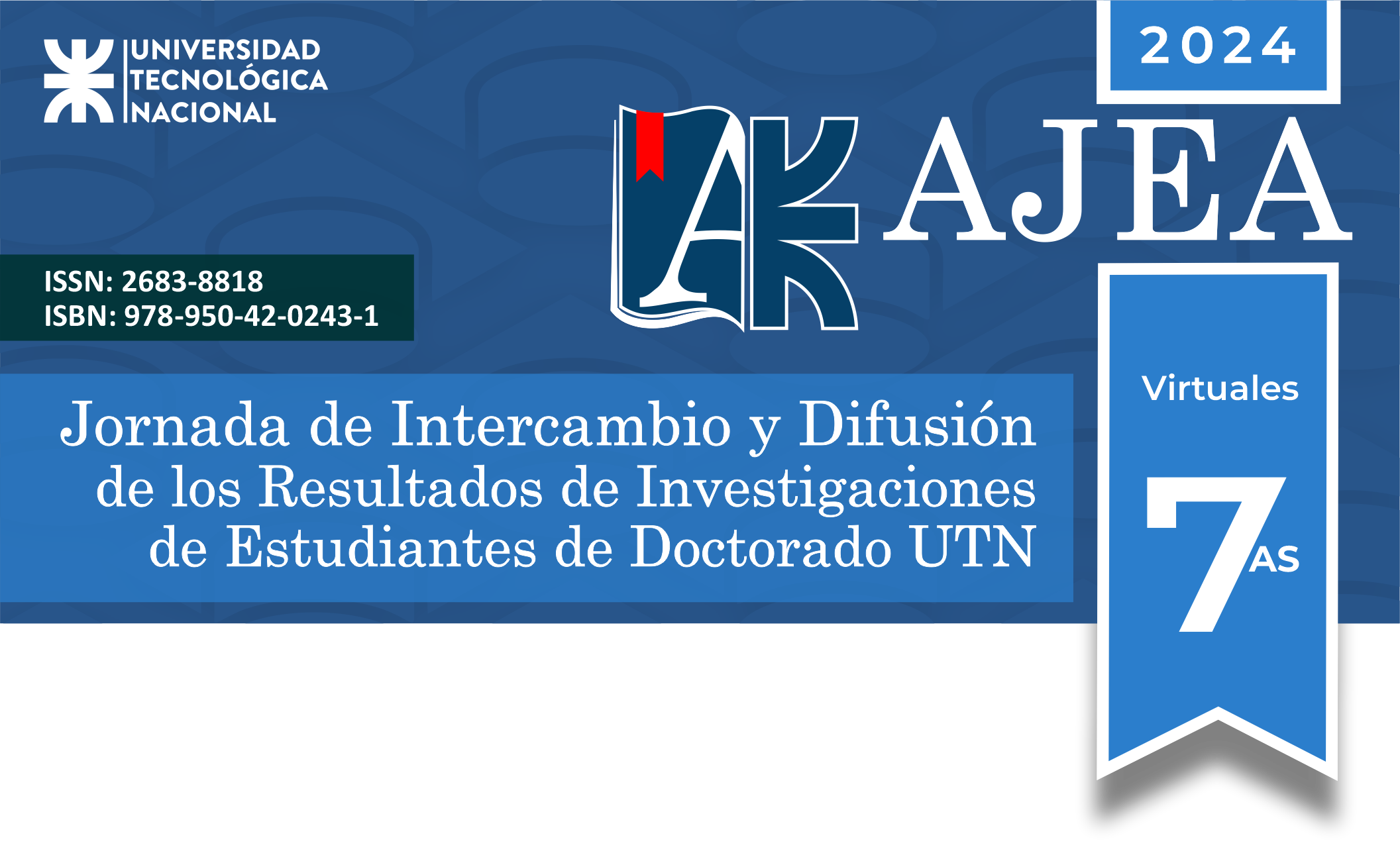Rafaela’s landfill leachate treatment applying hybrid constructed wetland
DOI:
https://doi.org/10.33414/ajea.1699.2024Keywords:
Hybrid constructed wetland, Landfill Leachate, Landfill, Autoclaved Aerated ConcreteAbstract
Anaerobic decomposition of organic waste in landfills produces biogas and leachate, which treatment and final disposal represent a significant environmental challenge. This study evaluates the efficiency of a hybrid constructed wetland for removing contaminants from leachate. The system consists of a vertical subsurface flow wetland and a horizontal subsurface flow wetland arranged in series. Four mesocosms were installed in a greenhouse, using Typha domingensis as macrophyte and autoclaved aerated concrete and sand as the substrates. Physicochemical parameters were measured before and after treatment, achieving removal efficiencies: 43% for suspended solids, 64% for chemical oxygen demand, 89% for biological oxygen demand, 93% for total phosphorus, 98% for ammonium, and 86% for total Kjeldahl nitrogen. The results demonstrate that this hybrid constructed wetland is an effective and sustainable solution for leachate treatment, significantly improving the quality of the final effluent.
Downloads
Metrics
Downloads
Published
How to Cite
Conference Proceedings Volume
Section
License
Copyright (c) 2024 Gonzalo GUTIÉRREZ, Doctorando; Cecilia Panigatti (Director/a); Celeste Schierano (Codirector/a)

This work is licensed under a Creative Commons Attribution-NonCommercial 4.0 International License.










